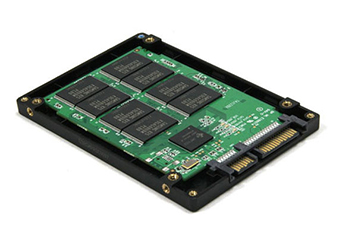Note : Normally peoples search this website like data recovery in Chennai, data recovery in vadapalani, data recovery in adyar, data recovery in omr, data recovery in porur, data recovery in madipakkam, data recovery in velachery, data recovery in ambattur, data recovery in tambaram, data recovery in guduvanchery, data recovery in villivakkam, Hard disk data recovery in Chennai, Hard disk data recovery in vadapalani, Hard disk data recovery in adyar, Hard disk data recovery in omr, Hard disk data recovery in porur, Hard disk data recovery in madipakkam, Hard disk data recovery in velachery, Hard disk data recovery in ambattur, Hard disk data recovery in tambaram, Hard disk data recovery in guduvanchery, Hard disk data recovery in villivakkam, Seagate data recovery in Chennai, Seagate data recovery in vadapalani, Seagate data recovery in adyar, Seagate data recovery in omr, Seagate data recovery in porur, Seagate data recovery in madipakkam, Seagate data recovery in velachery, Seagate data recovery in ambattur, Seagate data recovery in tambaram, Seagate data recovery in guduvanchery, Seagate data recovery in villivakkam, Wd data recovery in Chennai, Wd data recovery in vadapalani, Wd data recovery in adyar, Wd data recovery in omr, Wd data recovery in porur, Wd data recovery in madipakkam, Wd data recovery in velachery, Wd data recovery in ambattur, Wd data recovery in guduvanchery, Wd data recovery in villivakkam, Wd data recovery in tambaram, Hitachi data recovery in Chennai, Hitachi data recovery in vadapalani, Hitachi data recovery in adyar, Hitachi data recovery in omr, Hitachi data recovery in porur, Hitachi data recovery in madipakkam, Hitachi data recovery in velachery, Hitachi data recovery in ambattur, Hitachi data recovery in tambaram, Hitachi data recovery in guduvanchery, Hitachi data recovery in villivakkam, Samsung data recovery in Chennai, Samsung data recovery in vadapalani, Samsung data recovery in adyar, Samsung data recovery in omr, Samsung data recovery in porur, Samsung data recovery in madipakkam, Samsung data recovery in velachery, Samsung data recovery in ambattur, Samsung data recovery in tambaram, Samsung data recovery in guduvanchery, Samsung data recovery in villivakkam, Toshiba data recovery in Chennai, Toshiba data recovery in vadapalani, Toshiba data recovery in adyar, Toshiba data recovery in omr, Toshiba data recovery in porur, Toshiba data recovery in madipakkam, Toshiba data recovery in velachery, Toshiba data recovery in ambattur, Toshiba data recovery in tambaram,Toshiba data recovery in guduvanchery,Toshiba data recovery in villivakkam.


